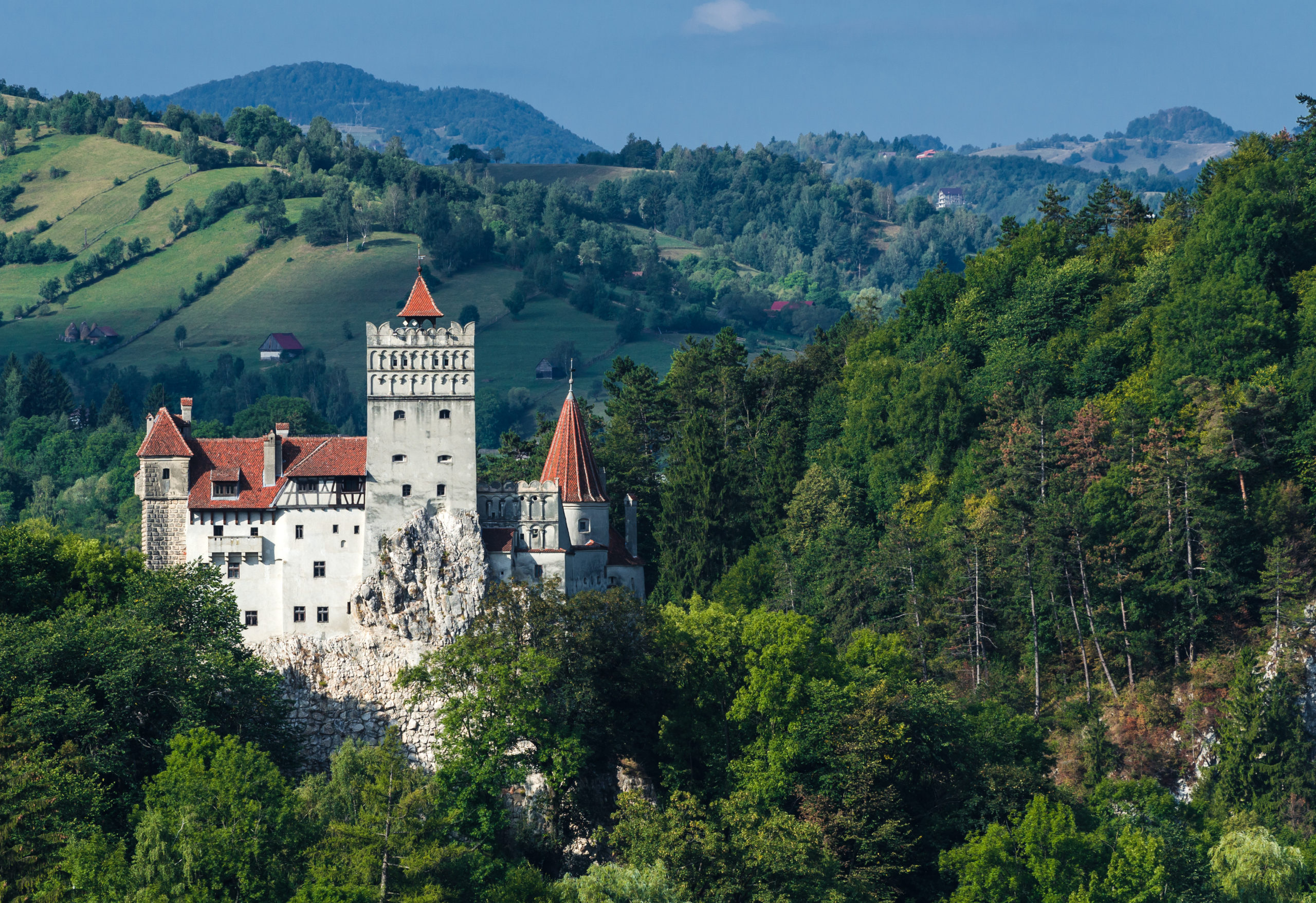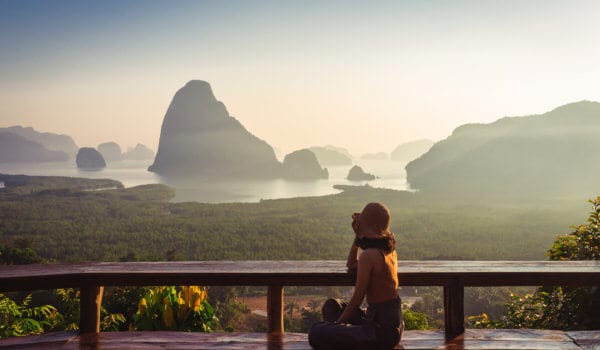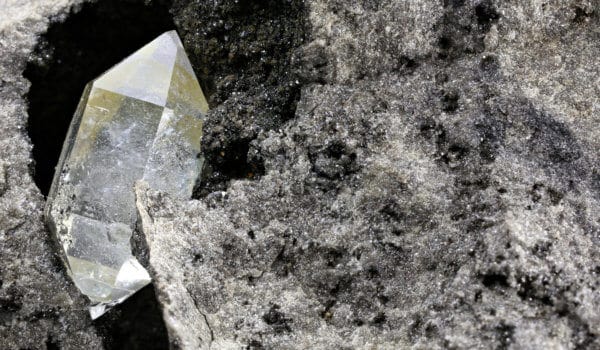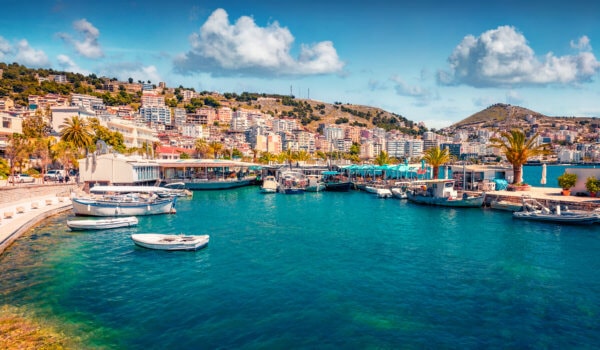Often overlooked as a summer destination, Transylvania is a wonderful region with delicious cuisine, intriguing history, and beautiful nature.
Wrapped in centuries-old myths and legends, the Transylvania region is one of the most visited areas in Romania. Although the mysterious region is more than well-known around Europe, it rarely is chosen as a summer destination by tourists. Here is a short introduction to Transylvania and why it is a great summer destination for any traveler looking for more ‘off-the-path’ routes.
About Transylvania Region
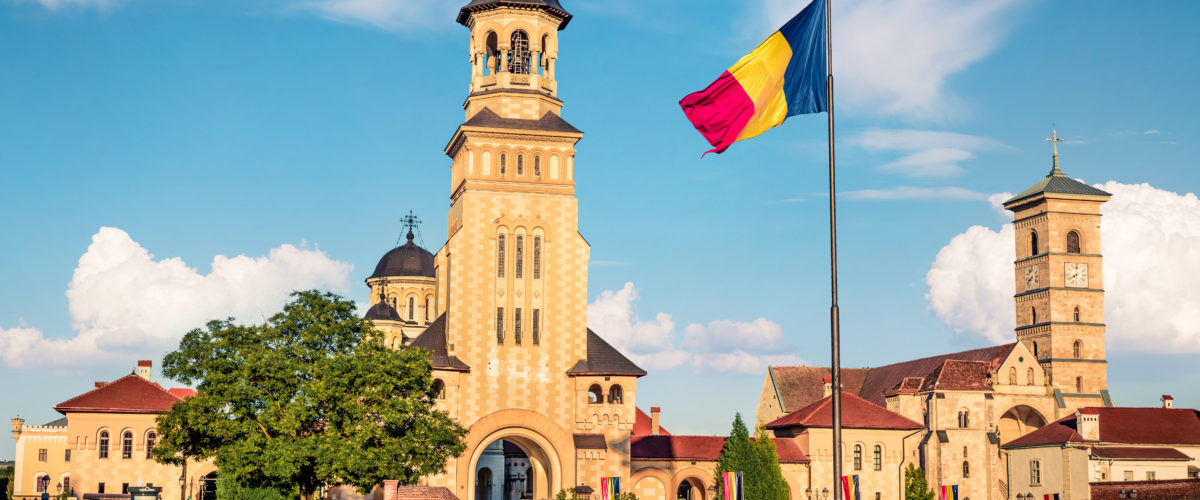
The region is situated in the central part of Romania and is bordered by the Carpathian Mountains on the north and east, the Transylvanian Alps on the south, and the Bihor Mountains on the west. Due to its landscape, Transylvania got its name from the Latin word silva which means ‘forest’. In a rough translation, the name Transylvania means ‘the land beyond the forests’. True to its name, the region is a proud owner of beautiful hills, lush forests, meadows, and a number of picturesque mountain towns such as Sighisoara. Asides from its natural beauty, the region is often associated with vampires because of the pop culture and plethora of movies and books that were inspired by the history of this region.
The Legend of Dracula
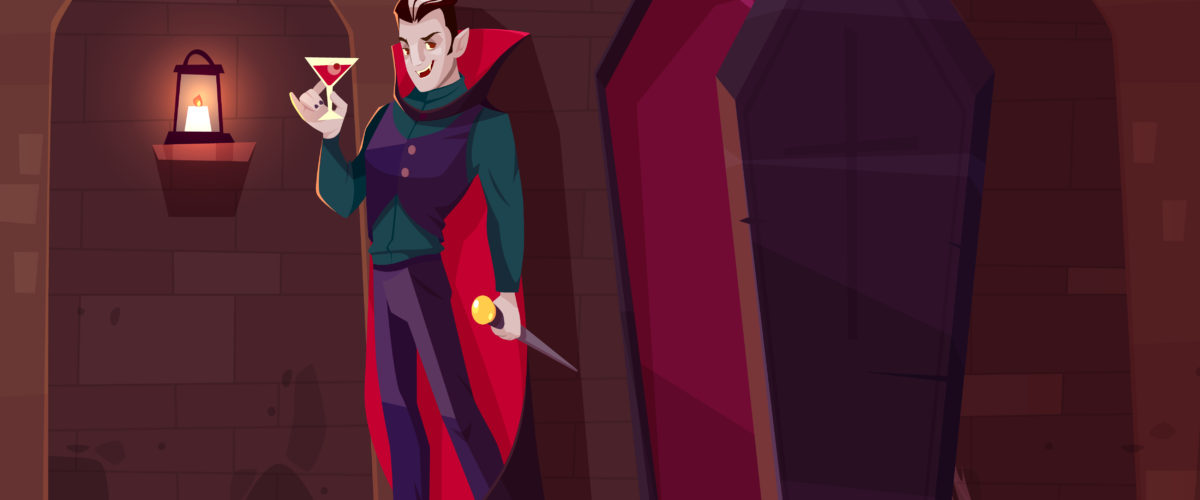
Of course, the main attraction of the region is the famous Dracula, a fictional character created by Bram Stoker. Although there is no substantial proof that a real Dracula has ever lived in Transylvania, the character was mainly inspired by a man named Vlad Tepes who ruled Walachia region from 1456 to 1462. Due to his violent nature and preferred punishment of impalement, he soon was nicknamed Vlad the Impaler.
Based on Stoker’s 1897 novel Dracula, Dracula lived in the Bran Castle which is located 88 miles from the town of Sighisoara, a true birthplace and home of Vlad the Impaler. Founded in the 12th century by Transylvanian Saxons, Sighisoara is a World Heritage Site by UNESCO. This charming town is paved with cobbled streets and authentic-looking buildings. A real castle of the real Vlad is considered the Poenari Fortress which is located 108 miles northwest of Bucharest. The ruins remain to this day and you can even climb a tower from which you will see the most beautiful landscape of the region.
According to the local legend, the remains of Vlad the Impaler are buried in Snagov Monastery and the exact burial place is marked by a plaque on the wall. If you wish to visit the monastery and see the burial site by yourself, you will have to dedicate quite some time because the 16th-century monastery is situated on an island and can only be accessed by boat.
What to See in Transylvania
Aside from the mysterious history and legends that surround the region, Transylvania is a wonderful destination for any history and nature lover. If you are looking for a medieval experience, visit Corvinilor Castle in Hunedoara which is considered one of the most beautiful medieval castles in Europe. Built in the 15th century, the castle is known to have been the place where Vlad the Impaler spent some time imprisoned. For a more nature-inspired experience, definitely spend some time hiking in the Carpathians, observing wildlife, and meeting the locals. In the west near the Apuseni Mountains, you can visit the region that is home to more than 1500 caves. Some of those caves date back 3000 years, one of which is Scarisoara which contains the largest underground glacier in Romania.
Along with unmissable places in Transylvania, you can visit charming towns of Brasov, Sibiu, Sighisoara, Cluj, and Saxon villages such as Viscri, Malancrav, Biertan, and Miclosoara, Veseud, Cund or Gherdeal. For those who don’t mind a bit of adrenaline and love taking road trips, you simply can’t miss one of the greatest roads in the world — the Transfagarasan Highway. At an altitude of 2,034 meters, the highway connects the cities of Sibiu and Pitesti. The road is full of quick twists, hairpin turns, and steep descents that lead through the southern Carpathian Mountains in Transylvania. The Transfagarasan Highway is a wonderful road for cyclists and motorcycle riders who are looking for an adventure-filled road trip.
Photo: cge2010/Shutterstock
You might also like:
Unique Travel Experiences Around the World: Experience Bedouin Life in Wadi Rum, Jordan
Support us!
All your donations will be used to pay the magazine’s journalists and to support the ongoing costs of maintaining the site.
Share this post
Interested in co-operating with us?
We are open to co-operation from writers and businesses alike. You can reach us on our email at cooperations@youthtimemag.com/magazine@youthtimemag.com and we will get back to you as quick as we can.
